Description
*Seasoned C++ programmer Matthew Telles shows developers at any level of experience how to save hours by improving, refactoring, and debugging their code
*Some of the techniques covered include mastering asserts, creating a complete class, hiding a method of a base class, freeing blocks of memory, implementing a simple locking mechanism, creating debugging macros, checking for errors at run-time, finding and fixing memory leaks, and reducing code complexity
*The easy-to-follow, two-column Timesaving Techniques format makes mastering each timesaver a snap
*C++ is one of today’s most widely used programming languages, with compilers offered by Microsoft, Borland, and Code Warrior
View more
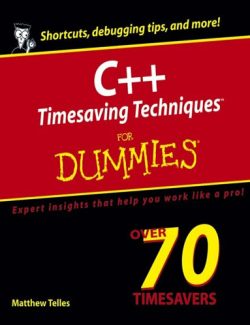
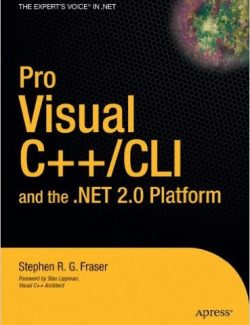
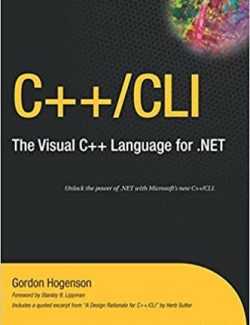

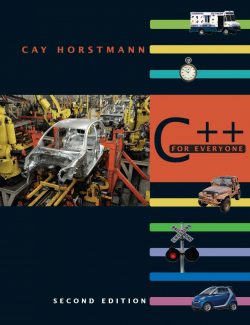


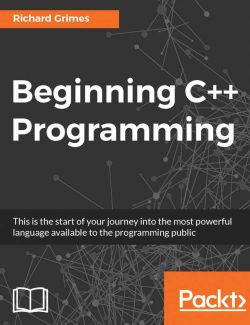

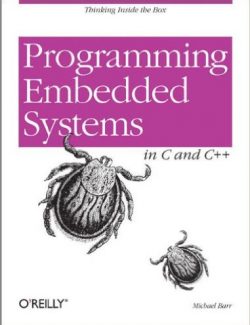

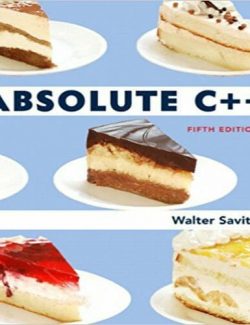

Leave us a comment
No Comments